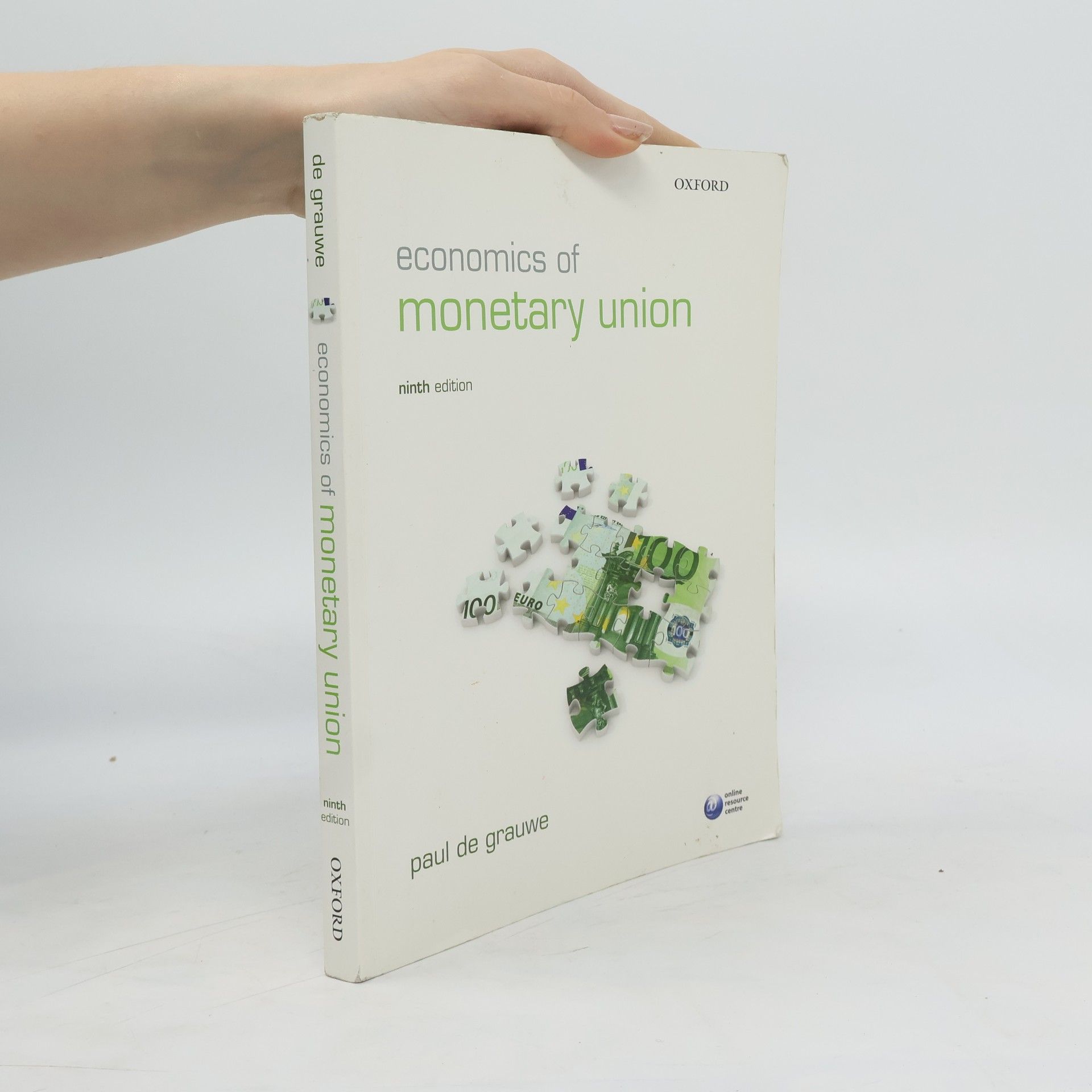Economics of Monetary Union (4th edition)
- 256 Seiten
- 9 Lesestunden
With the launch of the Euro, Europe's monetary landscape has changed fundamentally. Now in its fourth edition, this well-established textbook on monetary integration has been significantly rewritten to take account of these changes. New issues include: Monetary policies in Euroland in the presence of asymmetric shocks The mechanics of open market operations in Euroland Is the Eurosystem too decentralized? The Target Payments system Problems of bank supervision and control in Euroland The future of the euro in the international financial system Will the euro be a strong currency? Financial and banking integration in Euroland. This latest edition has been produced in a larger format, with clear figures and tables packed with relevant international data. Chapter conclusions provide a clear summary of each topic under discussion. Paul De Grauwe's lucid and balanced analysis continues to provide a clear account of all the crucial issues surrounding monetary union for undergraduate students of monetary economics and European studies.

